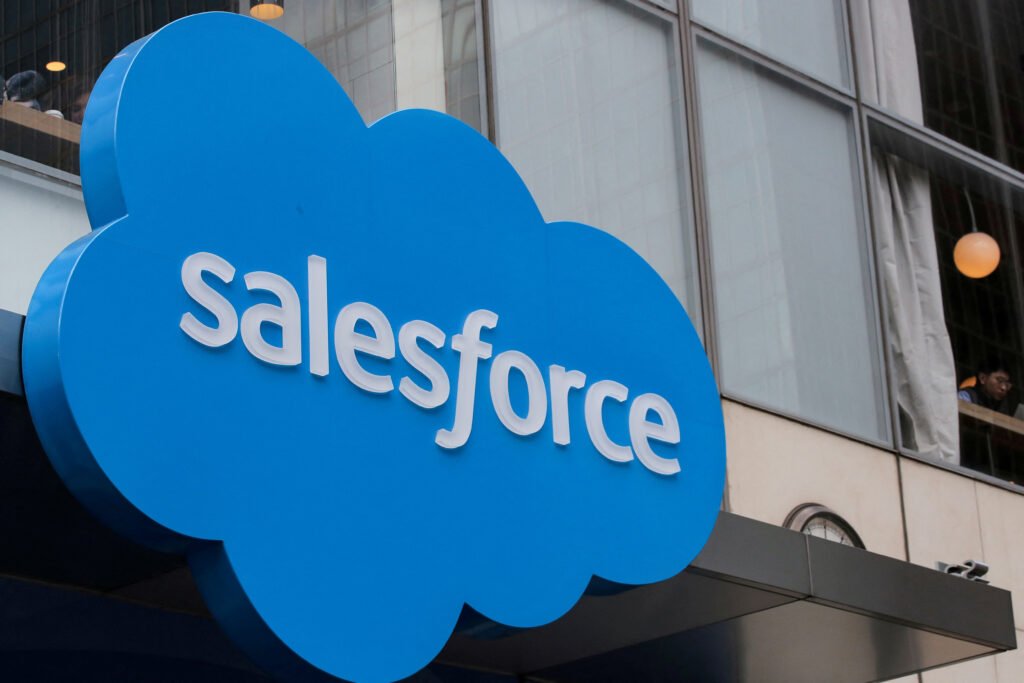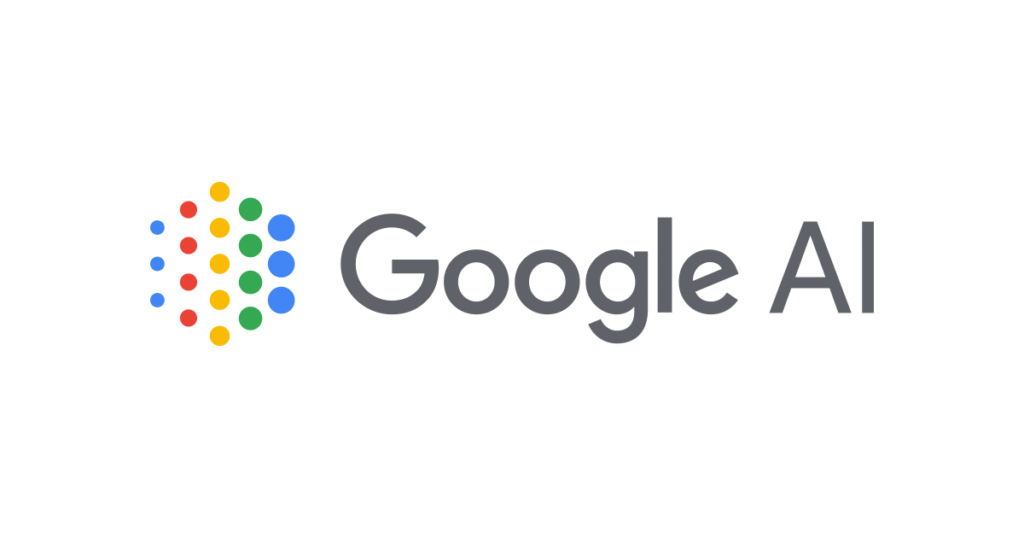Salesforce Cuts 4,000 Customer Support Jobs with AI Agents Despite Earlier Assurances
Salesforce has announced one of the largest AI-driven workforce reductions in the tech industry, cutting 4,000 customer support roles as it transitions to agentic AI.
CEO Marc Benioff revealed on a recent podcast that the company reduced its support workforce from 9,000 to 5,000 employees, with 50% of customer conversations now managed by AI agents.
“I was able to rebalance my head count on my support,” Benioff explained. “I’ve reduced it from 9,000 heads to about 5,000 because I need less heads.”
The move highlights the transformational power of enterprise AI while raising questions about executive transparency on the impact of automation on jobs.
Salesforce’s AI Transformation
- Agentic AI Deployment: Unlike simple chatbots, Salesforce’s “omnichannel supervisor” orchestrates collaboration between human agents and AI systems, handing off tasks when AI reaches its limits.
- Scalable Automation: AI agents break down complex tasks into smaller parts, enabling sophisticated problem-solving.
- Lead Conversion Boost: Salesforce revealed that 100 million previously ignored leads are now being contacted automatically by AI sales agents.
This has improved operational efficiency and unlocked new revenue opportunities, but at the cost of thousands of jobs.
Contradiction in Benioff’s Public Statements
The announcement contrasts sharply with Benioff’s earlier assurances at the AI for Good Global Summit 2025, where he dismissed fears of mass layoffs.
At the time, he claimed Salesforce’s AI would not displace large numbers of white-collar workers, and even cited customer conversations suggesting no plans for AI-driven layoffs.
Yet, only months later, Salesforce’s own adoption of AI resulted in one of the most significant AI-related job cuts in the tech sector.
Why Executives Downplay AI Job Losses
This contradiction underscores a broader trend across tech: executives often portray AI as augmenting human workers, only to later reveal significant job cuts.
- Business Pressures: Companies avoid early disclosure of layoffs to prevent negative press, stock declines, or employee turnover.
- Rapid AI Advancements: Predictions quickly become outdated as AI moves from assistive tools to full task replacement.
- Industry Patterns: Similar strategies were seen in Microsoft’s contact center AI rollout, where promises of augmentation later turned into displacement.
Broader Implications for the Future of Work
Salesforce’s model—AI handling half of all customer interactions with human oversight—may become the new standard across industries.
- Hybrid Workforce: Humans remain in escalation roles, but total headcount shrinks dramatically.
- AI-First Operations: Companies prioritize automation, not hiring freezes or restructuring, to drive cost savings.
- Template for Others: This shift could spread across UCaaS and CCaaS sectors, redefining enterprise communication.
The case highlights a central truth: AI’s job impact is more immediate and significant than many leaders admit publicly.



